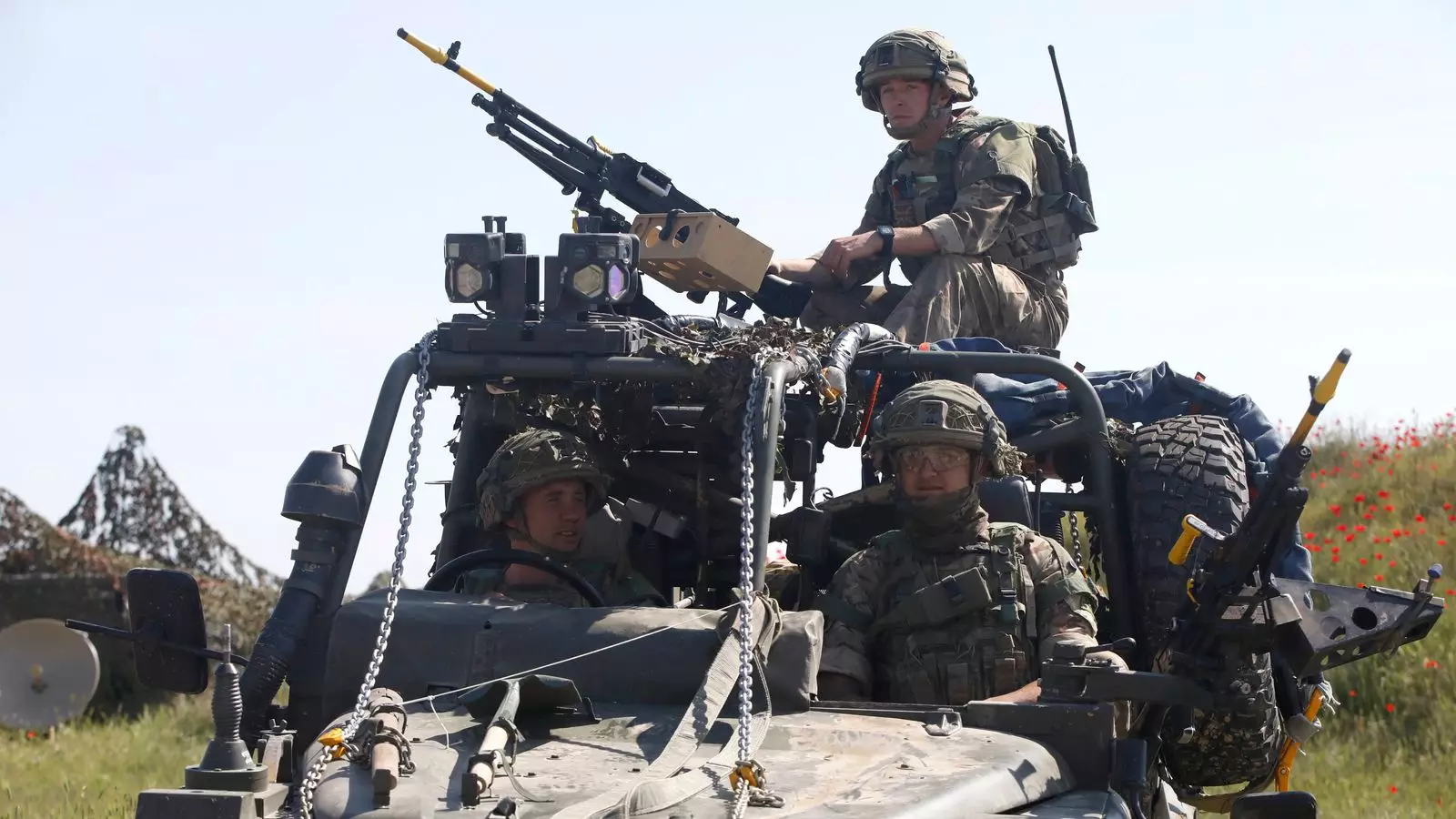The conflict in Ukraine has not only reshaped the region but has also led to broad discussions regarding the future of military support and peacekeeping operations in the country. Western officials have hinted at the possibility of deploying British and other European troops in Ukraine, primarily in urban centers, vital infrastructure, and along its coastline. This article will delve into the implications of such a decision, the international dynamics at play, and the need for comprehensive security backing to ensure long-lasting peace.
The proposed troop deployment, while still in the discussion phase, suggests that a contingent of European forces, possibly numbering between 25,000 to 30,000, may be stationed in significant Ukrainian areas. These troops are envisioned not as combatants involved in direct confrontations but rather as a reassurance force aimed at enhancing public safety and stability. Immediate goals would include aiding the return of millions of displaced Ukrainians and safeguarding critical national infrastructure, particularly nuclear facilities. This plan reflects a shift in strategy, moving away from frontline engagement to a more stable, supportive role.
Among the notable aspects of the proposed deployment is the anticipated collaboration with the United States. A strong US presence or “backstop” is seen as essential for deterring any potential Russian aggression against Ukraine. Although specifics remain unclear, the involvement of American military assets stationed outside Ukraine is expected to create a significant deterrent effect. This international collaboration not only bolsters Ukraine’s defense but also signals a unified front among NATO allies, reinforcing the notion that any aggression would face serious repercussions.
The potential introduction of air policing over Ukraine marks another crucial aspect of this military strategy. The idea of utilizing fast jets from bases outside Ukraine for aerial patrols and securing airspace for civilian flights is vital, especially as commercial aviation has been grounded since the onset of the conflict. This move would not only signify a return to normalcy but would also assist in the gradual reopening of Ukraine’s economy.
Additionally, the deployment of warships to the Black Sea presents itself as a strategic measure to ensure maritime safety and facilitate the resumption of shipping traffic. The necessity for demining operations further signifies the comprehensive approach being discussed, indicating that security needs will extend beyond surface-level military support to include logistical and operational efficacy.
The political implications of these discussions cannot be overstated. While Ukraine President Volodymyr Zelenskyy has expressed interest in a European-led security mission, Russia has outright rejected any plans for NATO forces in Ukraine, which it deems “unacceptable.” This tension illustrates the delicate balance international powers must navigate in addressing security concerns while avoiding further escalation of conflict.
Moreover, the different perspectives within Western allies, particularly regarding troop numbers and military involvement, highlight the divisions among NATO countries. Zelenskyy’s assertion that a force of approximately 110,000 troops may be necessary for effective security underscores a gap in expectations both within Ukraine and among its allies.
As discussions progress, the notion of long-term guarantees for Ukrainian security remains a focal point. Zelenskyy’s call for NATO partners to provide both military support and financial assistance to cultivate an independent and robust defense force reflects the urgency of Ukraine’s situation. The need for a “comprehensive air defense system,” particularly referencing advanced systems such as the US Patriot system, underscores the vital intersection of military capability and sovereignty in the face of external threats.
As Europe contemplates the next steps in military support for Ukraine, the context of existing tensions, political dynamics, and operational requirements must be carefully evaluated. The effectiveness of any European-led military deployment will hinge not only on the numbers but also on the willingness of allied nations to provide the necessary backing and reassurance to ensure Ukraine’s future security and stability. The dialogue surrounding these initiatives signals a critical juncture in international relations and the imperative for a collaborative approach to safeguarding peace.

Leave a Reply